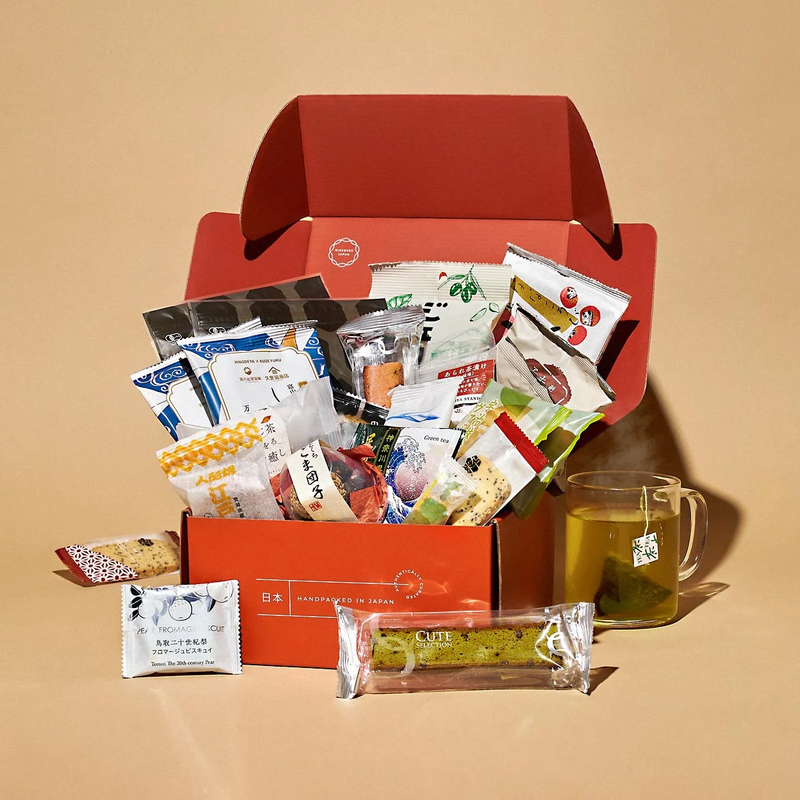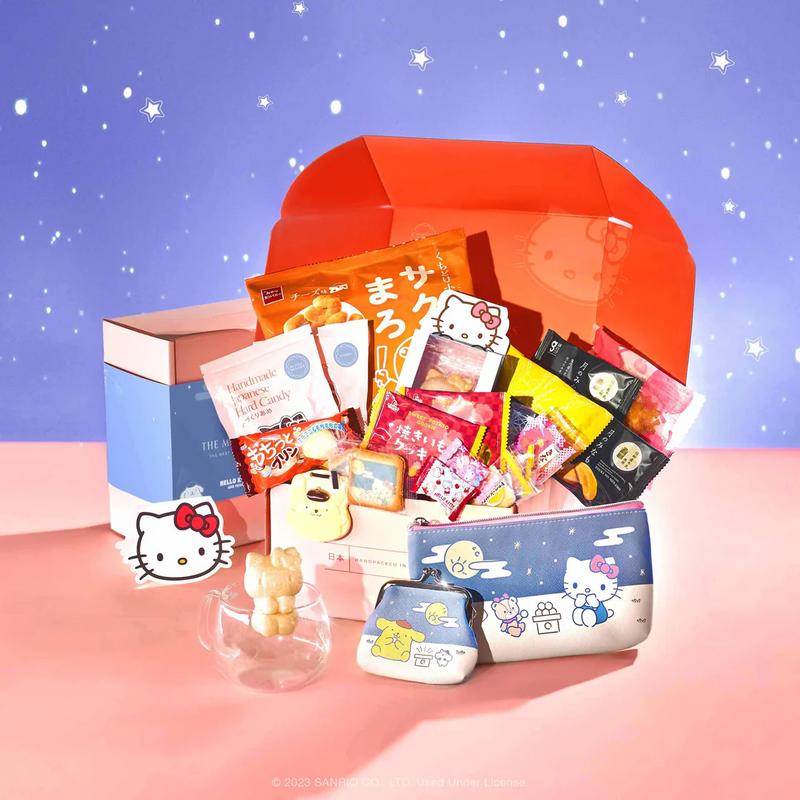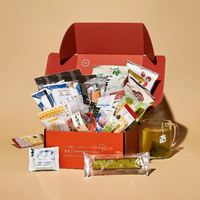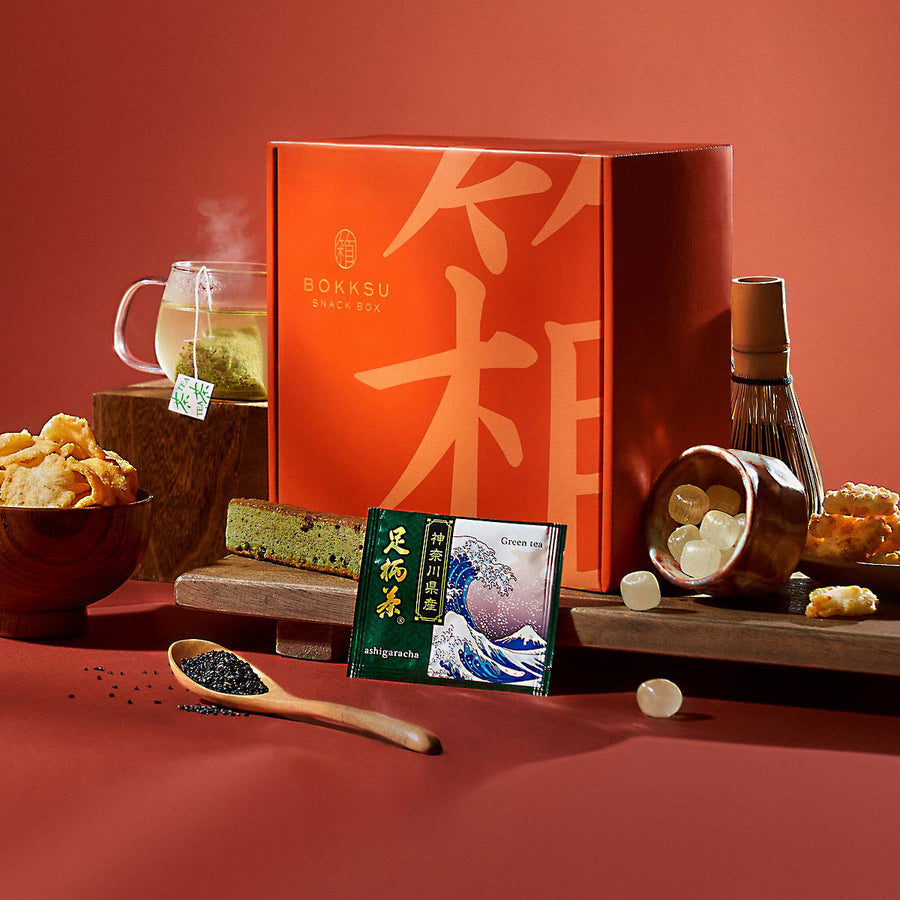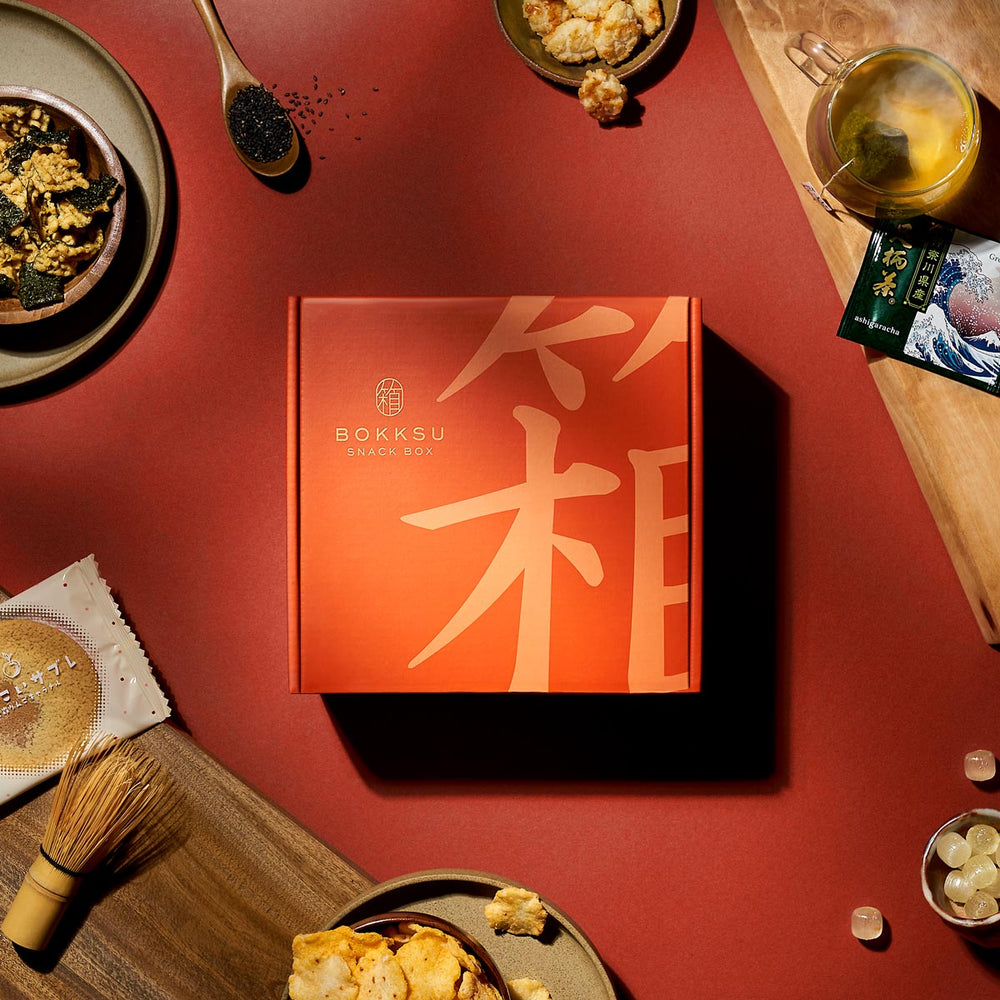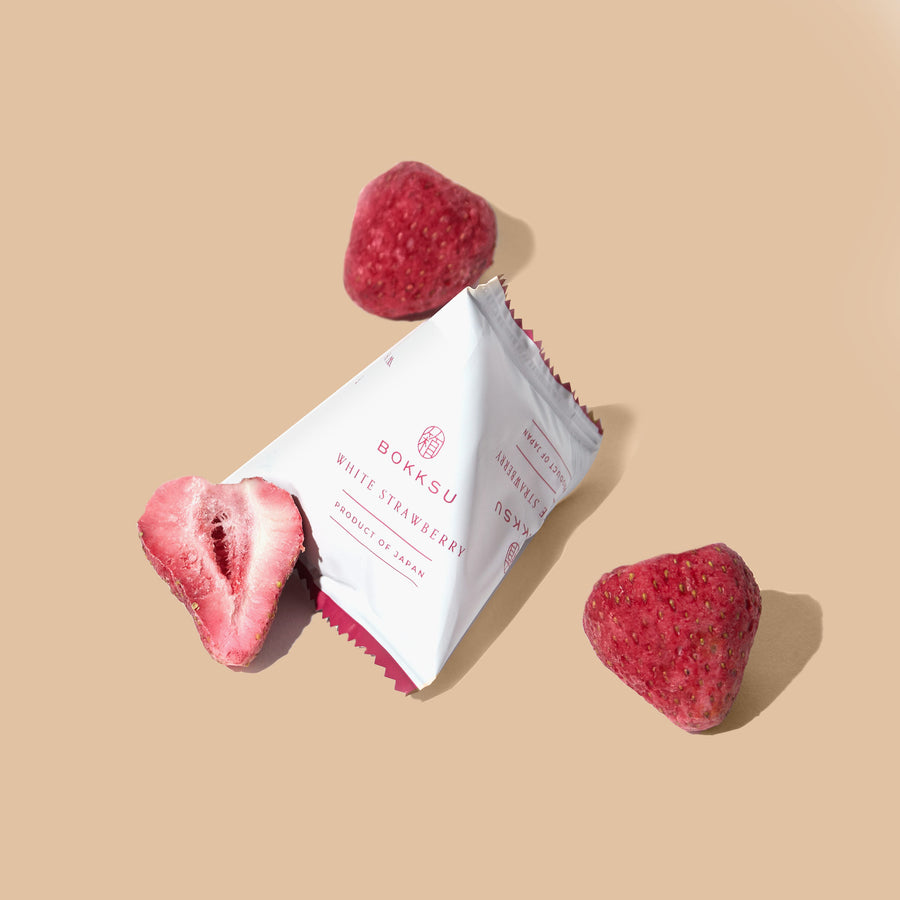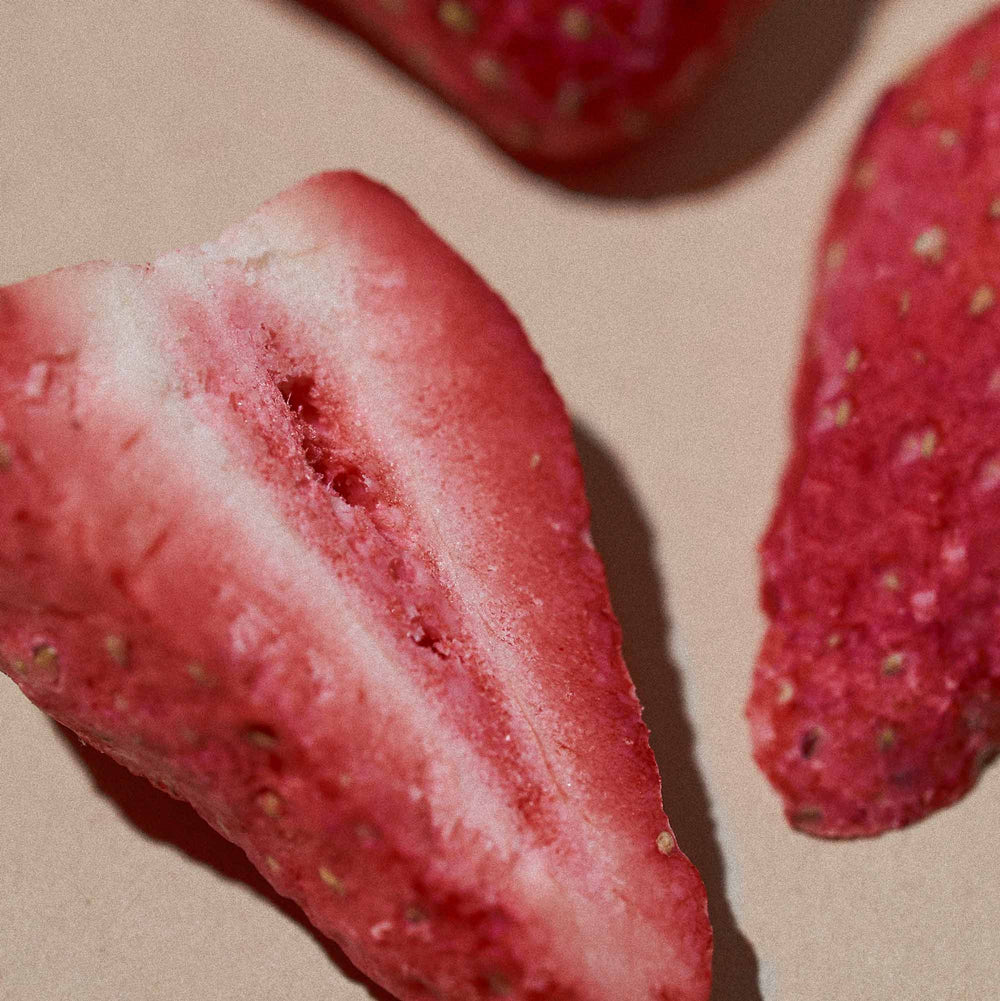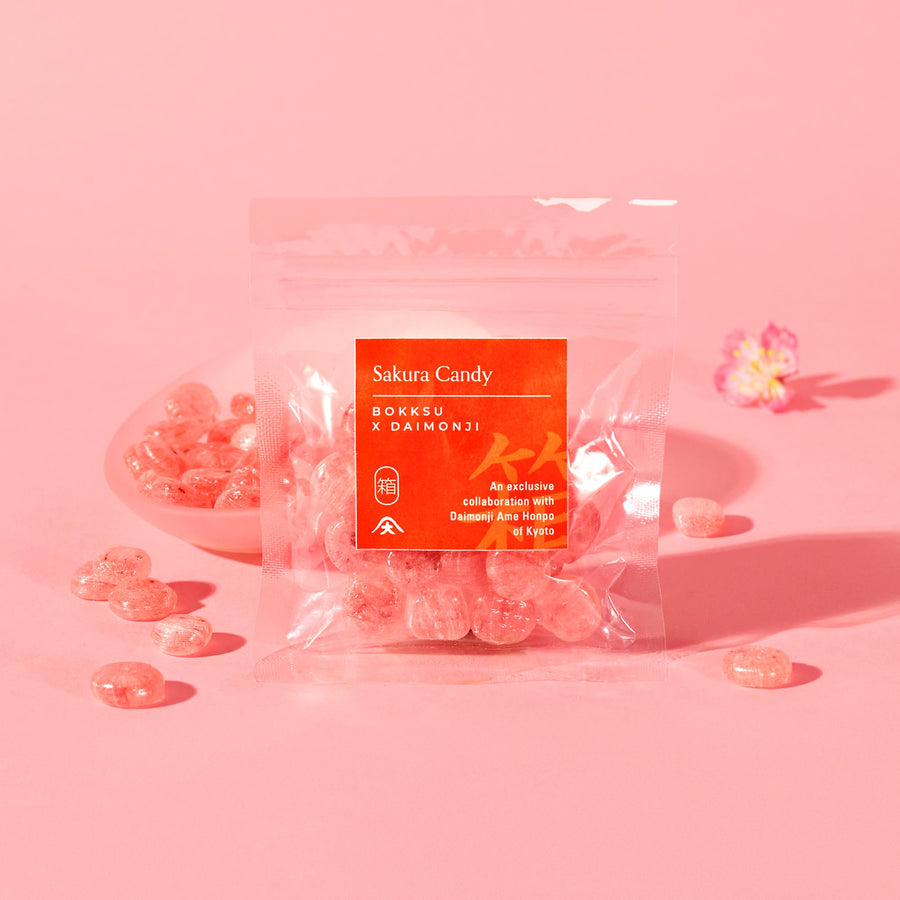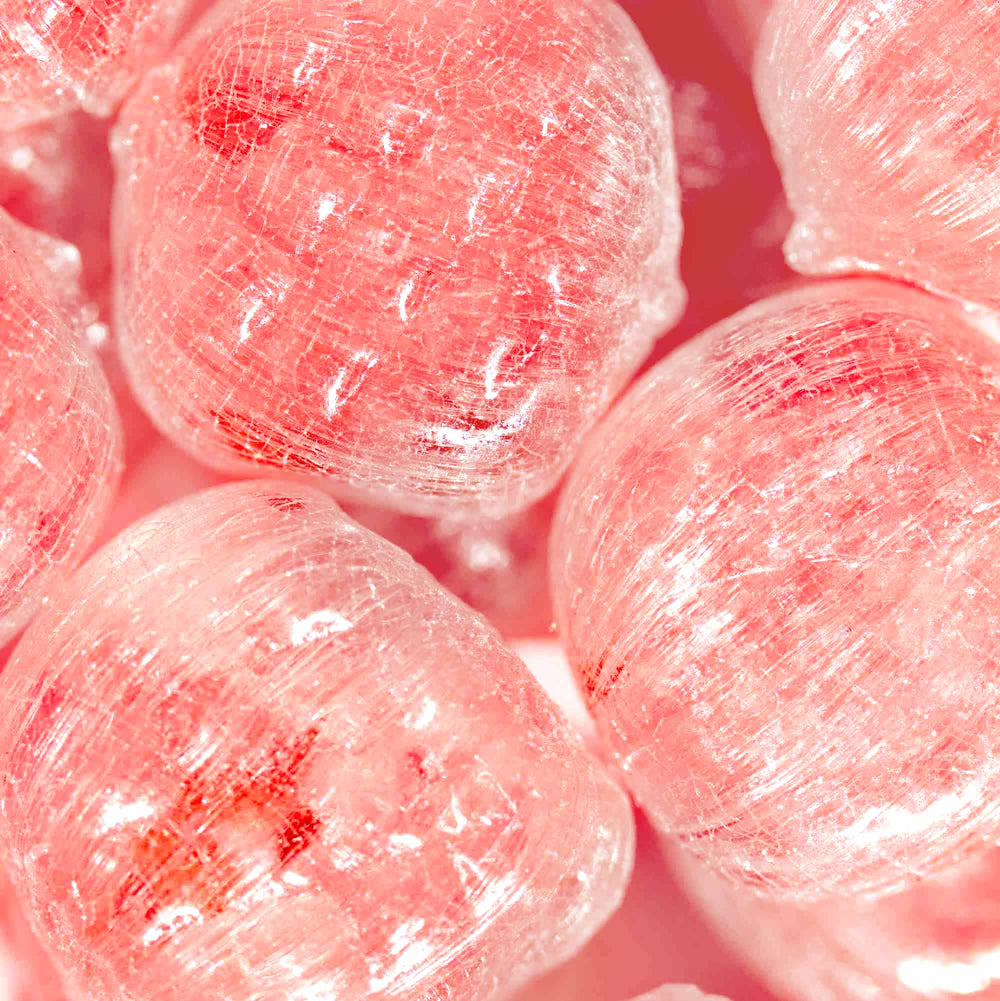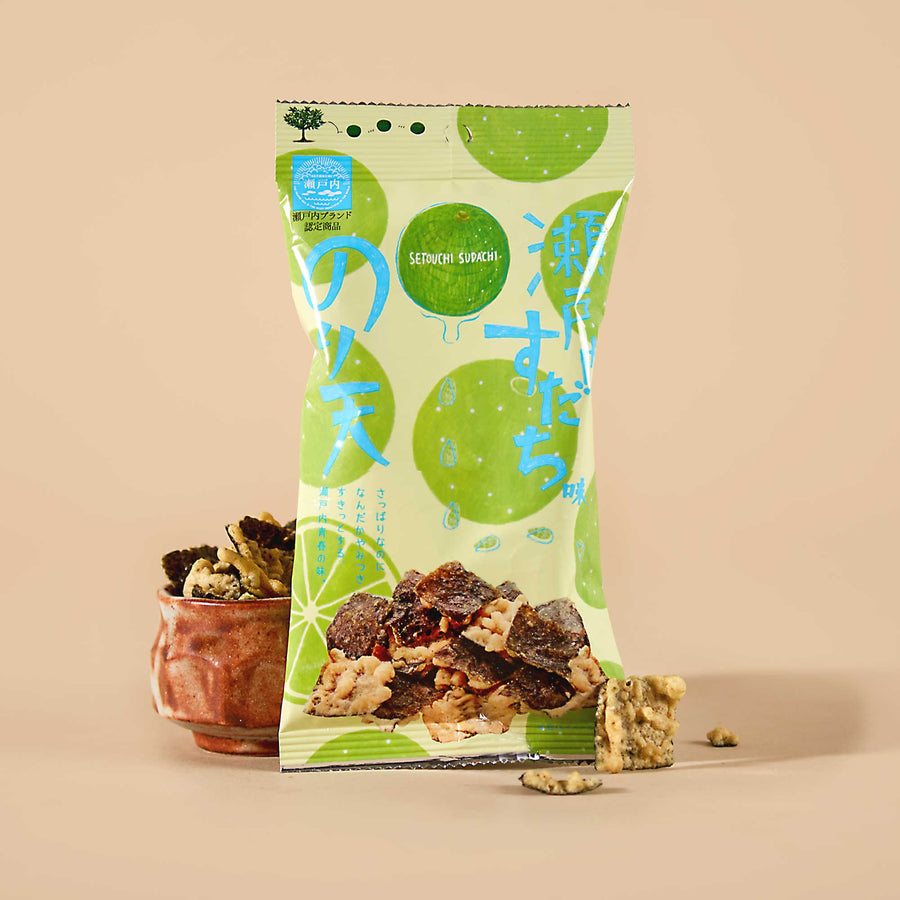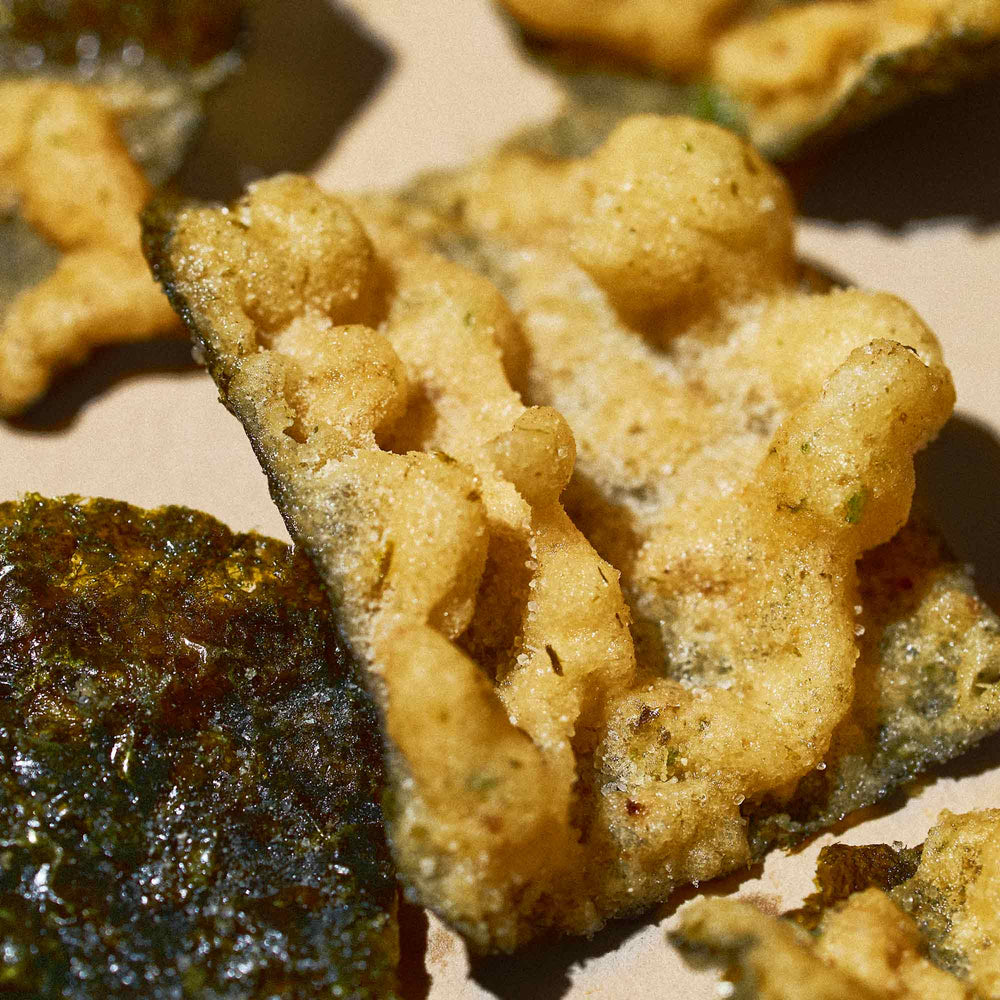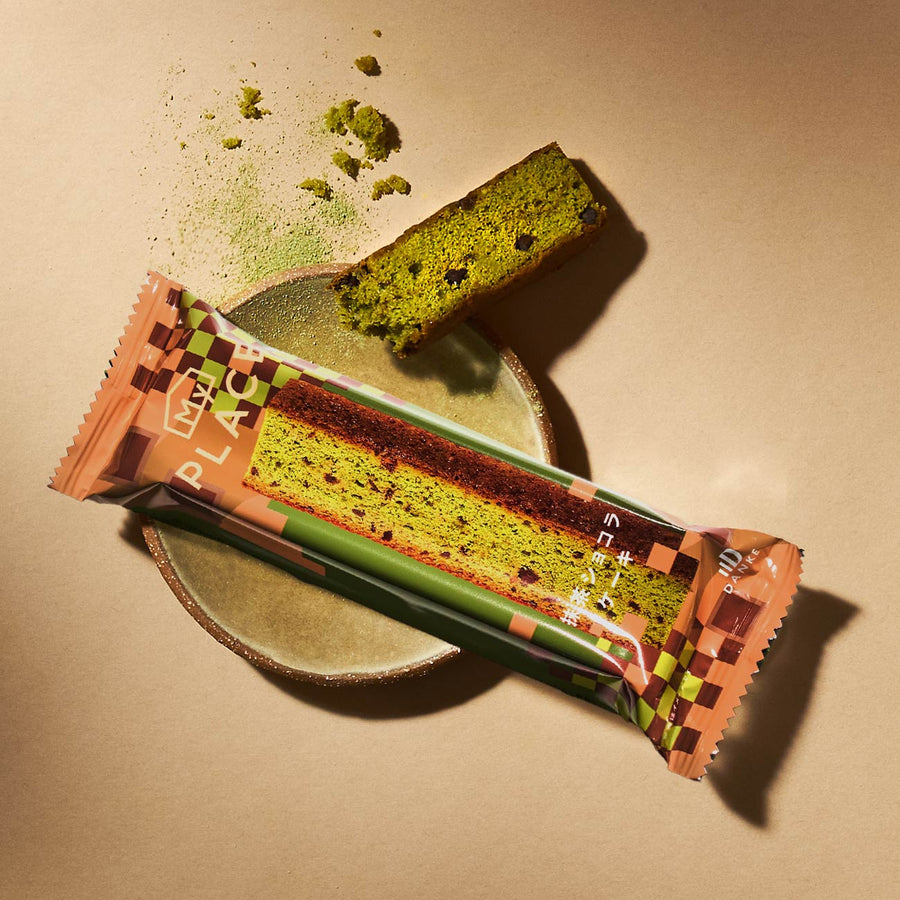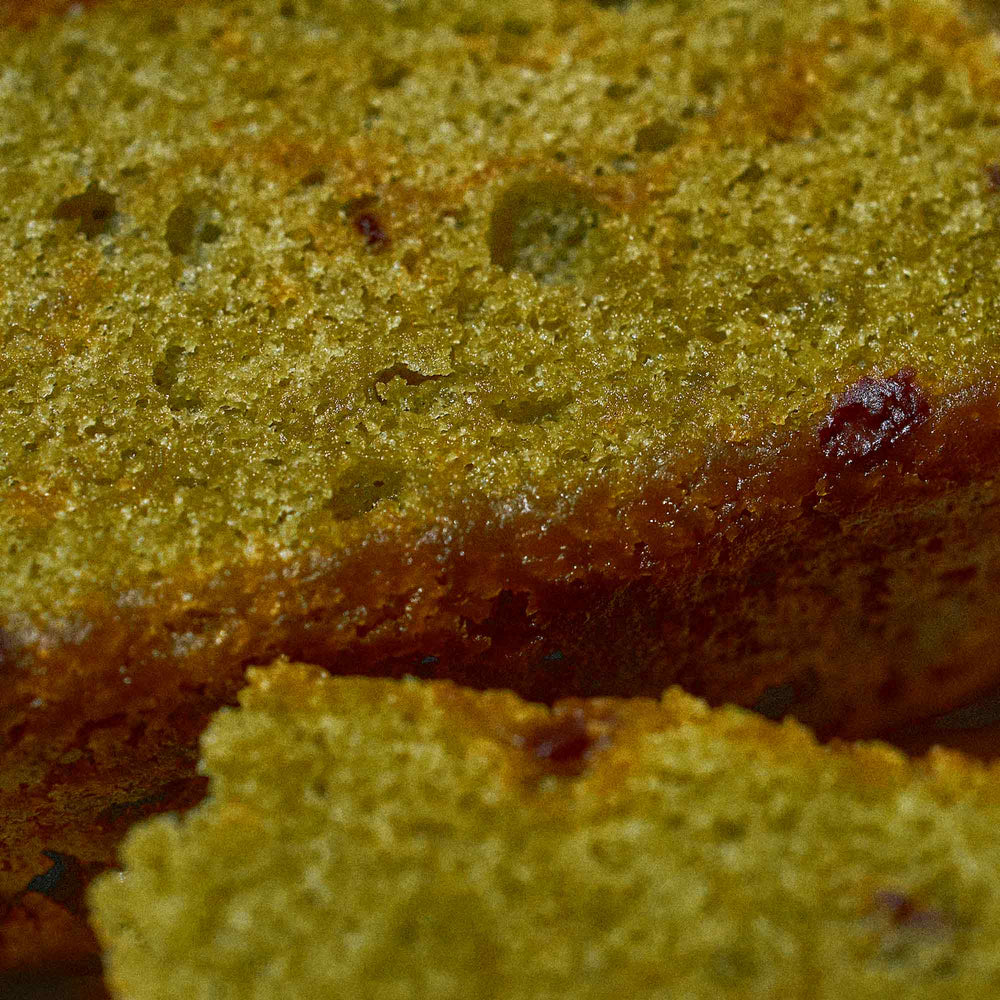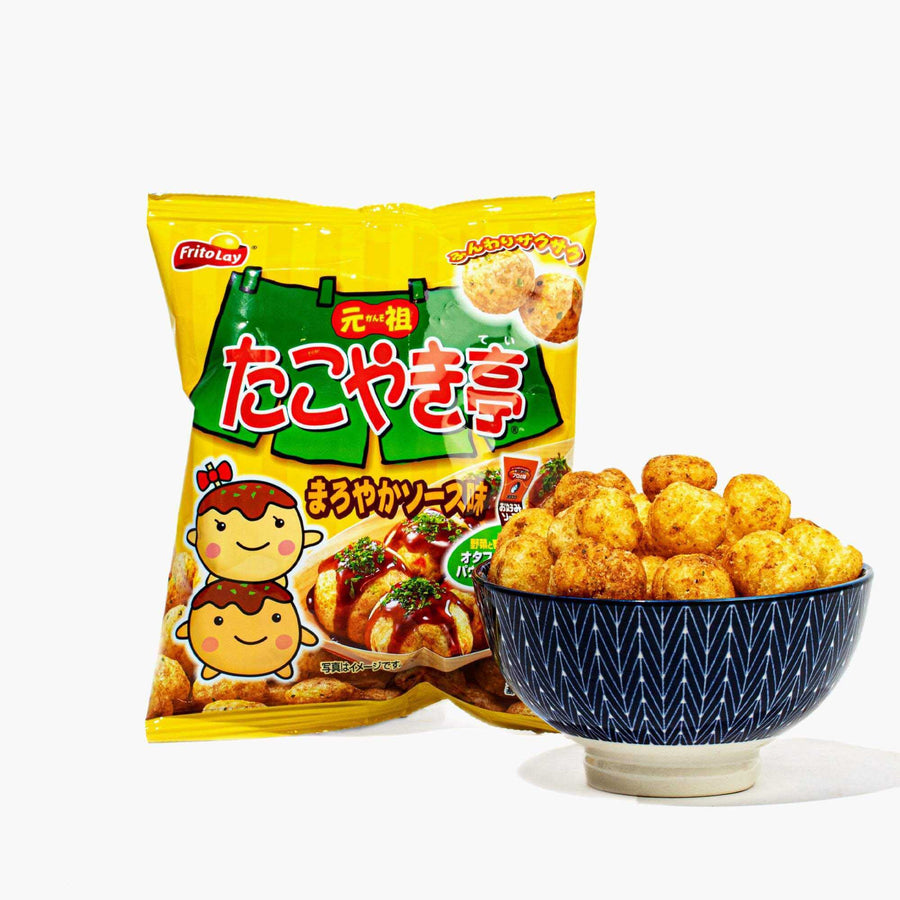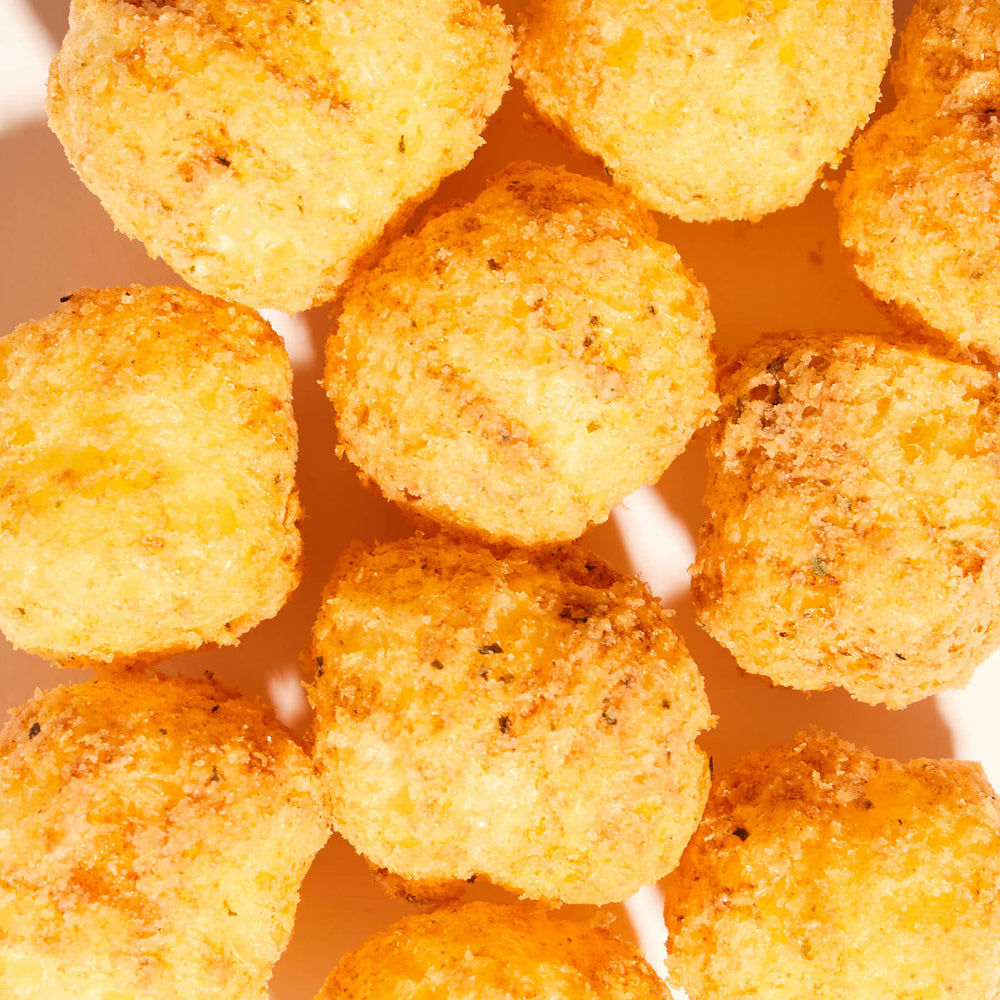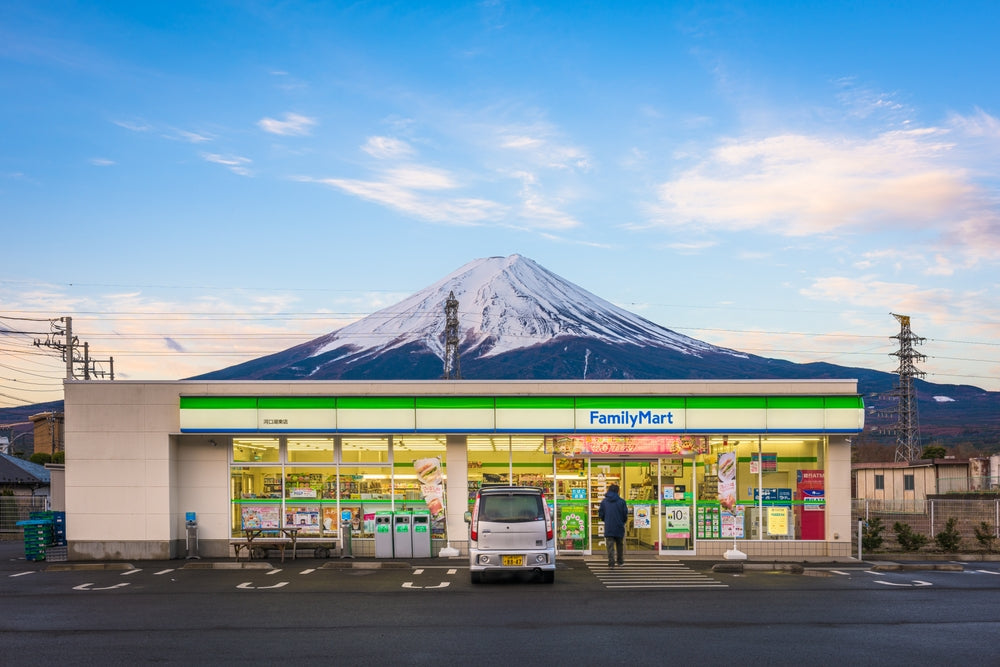Kintsugi: Embracing Imperfection with Japan's Golden Joinery
When a broken object gets repaired, the point of breakage remains a part of its history. This is the philosophy behind kintsugi, one of the oldest Japanese art forms. With it, craftsmen can turn imperfections into incredible beauty. Read on to learn all about the art of golden joinery in Japan. We’ll cover its history, modern techniques, and various schools for learning.
Introduction to Kintsugi

Kintsugi is a Japanese art form that involves the use of urushi lacquer mixed with gold, platinum, or silver to repair broken pottery. Also called kintsukuroi, kintsugi, meaning “golden joinery” in English, has been a part of Japanese culture for multiple centuries. The philosophy behind kintsugi has always been simple: “Waste not, want not.” It encourages us to find beauty in imperfection and embrace flaws. Hence, an object's brokenness is considered an important part of its history and not something that reduces its worth.
Kintsugi is not used as a way to mask fractures or splits in objects but as an art for restoring broken items such as Japanese porcelain and ceramic vessels. By highlighting them with gold, the art allows owners to proudly showcase the cracks and breakage in their items.
The History and Philosophy of Kintsugi

There is no factual data regarding the origin of kintsugi. All of the information we have about its early years is at best speculative. Many theories suggest that the art developed alongside Japanese tea ceremonies, well before the Dutch East India Company began exporting large volumes of local pottery (particularly raku ware and arita ware) to Europe. According to one story, sometime in the 15th century, shogun Ashikaga Yoshimasa discovered that his favorite Chinese tea bowl was broken, so he sent it to China for repairs.
When the bowl was returned, it had been mended with metal staples inserted into tiny holes in the ceramic. The shogun did not find this repair work aesthetically pleasing, so he asked Japanese craftspeople to find a new and more beautiful method to repair the bowl. And so kintsugi was born. By the late 16th century, kintsugi had become widely popular in Japan. People went as far as breaking their bowls so that they could repair them with gold and silver seams. The process was then applied to Korean, Vietnamese, and Chinese porcelain.
The art of kintsugi became associated with underlying philosophies in its early days. The two main philosophies were wabi-sabi and mushin.
Wabi-sabi is a philosophy based on the acceptance of transience and imperfection. It teaches us to value the wear and tear of the items we own. According to this philosophy, broken objects should not be discarded or replaced but kept and cherished. In a way, this is the entire basis of kintsugi.
Mushin is the Japanese philosophy that promotes non-attachment or “no mind.” It teaches us to always expect, accept, and even appreciate change as a normal aspect of life. Hence, rather than hide the damage to objects, kintsugi allows us to illuminate it as part of the natural order of life.
Kintsugi Techniques: The Art of Restoration

Kintsugi may have different techniques, but they mostly follow a similar process. The traditional process involves the use of Japanese lacquer or urushi to stick broken pieces of ceramics or porcelain back together. The new joints formed from the broken ends are then painted with gold, silver, or platinum powder. Due to the randomness of breakage, every piece of kintsugi art is unique. At the end of the design, the repaired Japanese pottery is taken to a wooden cupboard containing hot water and allowed to harden for 2–14 days at a humidity of 90%.
The main materials used in kintsugi are urushi, gold powder, and a storage compartment (furo). There are three main types of lacquer used: ki urushi (100% pure urushi), mugi urushi (mix of 50% wheat flour and 50% ki urushi), sabi urushi (ki urushi mixed with two different types of clays), and bengara urushi (known as iron red urushi). Japanese craftspeople use these materials in a variety of meticulous techniques, including the following:
-
Crack method: It uses resin or urushi and gold powder as an adhesive for broken pieces. When done right, there is almost no overlap from the new seams.
-
Joint call method: It is a patchwork method in which a broken piece is replaced by another carved piece with the same shape but different material.
-
Piece method: The broken piece is replaced entirely with gold or a combination of gold and lacquer.
The Aesthetic Appeal of Kintsugi

Kintsugi is one of the few practices capable of transforming broken objects into new works of art. Hence, it can maintain and even improve the aesthetic value of these broken objects. As an art form, kintsugi is steeped in philosophical symbolism. People familiar with tea ceremony practices and Zen Buddhists recognize how well it reflects an acceptance of imperfection and the need for non-attachment. The creations offer an aesthetic perspective on everyday life.
Kintsugi also creates feelings of hope and restoration when people look at it. In a country that has experienced many natural disasters and wars like Japan, kintsugi repairs have been both therapeutic and financially helpful to many people.
These days, we can argue that contemporary art and design is too focused on perfection, as shown with other Asian artworks like the blue and white porcelain of Chinese pottery. Kintsugi offers an opposing view by illuminating the beauty in imperfection.
Kintsugi and Japanese Ceramics

Japanese pottery is one of the best in the world of ceramics. The success of the industry stems from the unique designs and historic techniques in the country. However, Japanese pottery stands out because it incorporates philosophies that celebrate imperfection, simplicity, balance, durability, and sustainability.
Kintsugi perfectly reflects those values. It gives households the chance to preserve their ceramics and pass them down from one generation to the next. It also promotes sustainability by encouraging ceramics owners to preserve resources and not discard broken vessels.
Learning Kintsugi in Japan

If you're in Japan, feel free to learn kintsugi at workshops and schools that offer classes to both locals and tourists. Many of them are located in art studios in Tokyo. Their sessions offer several hours worth of lessons on how to repair broken ceramics using lacquer and gold. Students will also learn the philosophy behind the art. The workshops are usually run by kintsugi masters with many years of experience.
Below is a list of workshops and schools that offer kintsugi learning in Tokyo:
-
Kintsugi Souke (Toshima)
-
Tsugu Tsugu studios (Shibuya and Taito)
-
Taku Nakano CeramicArts (Minato)
Famous Kintsugi Masters and Studios

Kintsugi studios are only as good as their masters. Some of them have had fantastic careers in which they moved the industry forward through their exceptional work and contributions. Let’s explore some of the kintsugi masters that are keeping the tradition alive.
-
Kyoko Ohwaki: She holds some of the most sought-after workshops and exhibitions in Japan. Kyoko is based in Kamakura, where she taught herself kintsugi in 2009. She is one of the first to demonstrate kintsugi in California (2014).
-
Tomomi Kamoshita: She creates modern versions of traditional kintsugi art. Many of her works have been displayed in Paris and New York, as they spread to a global audience.
-
Kunio Nakamura: He started offering workshops in 2008, after founding a book cafe. Many of his works have received accolades and awards over the years.
-
Showzi Tsukamoto: He is a master at both kintsugi and the Japanese lacquer decoration known as maki-e. He is associated with the Kintsugi Souke workshop.
Kintsugi in Contemporary Culture

There is a resurgence of interest in kintsugi in contemporary culture and how well it celebrates imperfection. Modern kintsugi artists like Tomomi Kamoshita are experimenting with ancient techniques to create more contemporary artworks. Foreign artists in other modern fields are also borrowing from the concepts and techniques of Japanese golden joinery. They include the following:
-
Charlotte Bailey, a British artist, creates textile art by stitching shards from broken vases with gold threads.
-
Lana Del Rey, an American singer, released a song in 2023 titled Kintsugi, which used the pottery art as a metaphor for mending a broken heart so it becomes stronger.
-
Karen LaMonte, an American artist, once repaired some of her damaged ceramic works using kintsugi techniques.
Where to Buy Kintsugi Art and Pottery

You can buy genuine Kintsugi pieces at specialty pottery shops in Japan and other parts of the world. Authentic pieces are not only durable but also water resistant. They are made with real gold or at least a combination of gold and durable metals. Please note that kintsugi pieces made with real gold are often more expensive than those made using gold-metal blends. Visit a kintsugi studio in your area or speak to tea masters for recommendations on local galleries to buy authentic kintsugi tea bowls, vases, and plates.
If you would like to explore all aspects of Japanese pottery, we recommend that you visit any one of the Six Ancient Kilns, which are the most important kilns in the country and serve as pottery towns. They are Bizen, Echizen, Seto, Shigaraki, Tamba, and Tokoname. Some of them have been around since the Heian period (794–1185).
Conclusion:

Kintsugi is not just a technique for repairing pottery but a profound expression of resilience and beauty derived from imperfection. Appreciate this unique art form as a symbol of healing and rebirth by visiting galleries and attending workshops. Once you have practical experience, you can try it out at home on your broken ceramic pieces.
Share the best aspects of Japanese culture with friends and family by giving them souvenirs and treats as gifts. We have the perfect collection for all events and occasions at Bokksu Boutique. There's no better way to appreciate the art of kintsugi than getting our Golden Japan: 24 Days of Japanese Delights Advent Calendar. Inspired by Japanese kintsugi, this collection is filled with 17 authentic Japanese snacks and 8 collectible holiday items. There's at least one special item for you each day! Please note that this is a limited-edition release only available for a few more days. Grab it while you can!
Author Bio







 Bokksu Snack Box
Bokksu Snack Box


